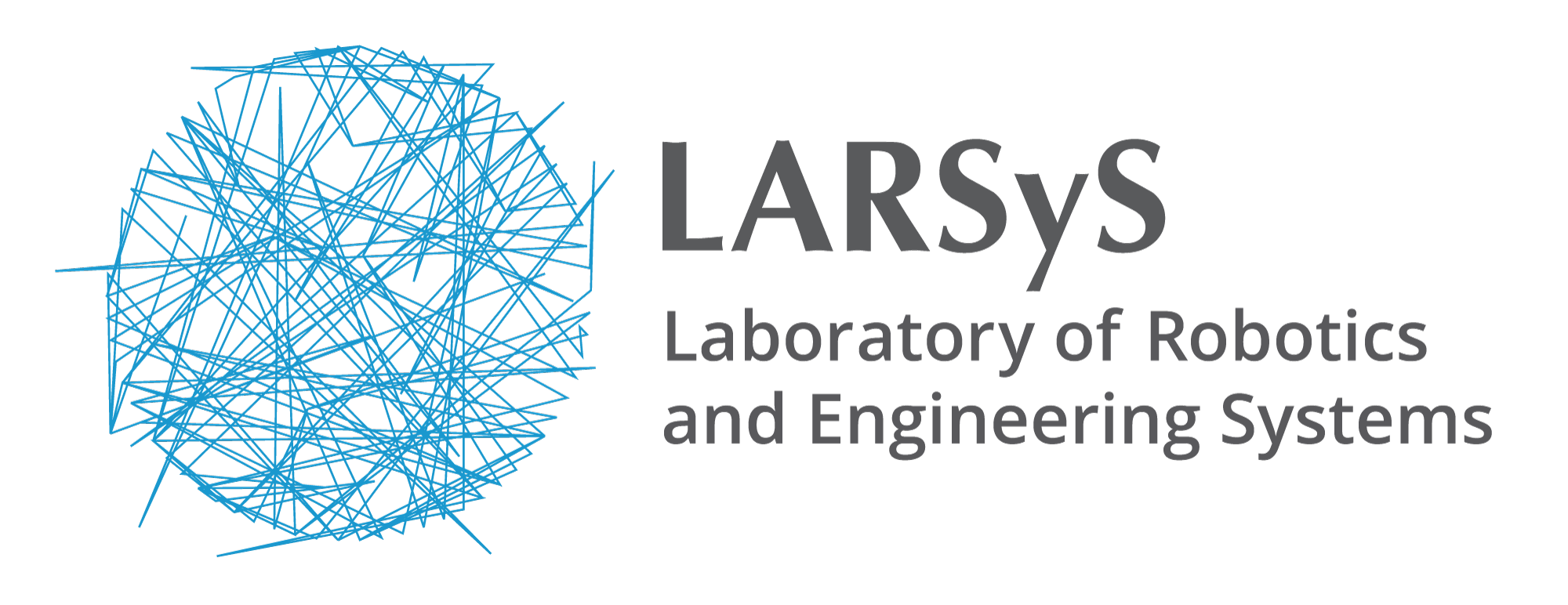LARSyS has been integrating science and knowledge to develop a set of models articulated in a complex digital twin to simulate urban systems, aimed at promoting sustainable urban development, in partnership with leading companies, such as Thales, NOS or COMPTA. This work has been requested by different cities such as Lisboa or Braga, as well as by the European Commission that has selected a member of Larsys to be one of the 15 Mission Board Members for the recently established EC “Carbon neutral and Smart Cities” Mission. The focus of LARSyS has been on sensing, modelling and monitoring the city, thus providing a complex digital smart city platform for urban modelling and planning (a digital twin), based on a three-dimensional representation of the city. This combination of multiple data sources and a set of models and tools developed by our researchers, are aimed to promote energy-efficiency of buildings, green structures’ implementation, sustainable urban mobility, efficient waste management or at anticipating public health threats, empowering local authorities to design a carbon neutral city, while providing well-being to the citizen. A major pilot has been developed in Lisbon, in cooperation with MIT in the USA and the city of Lisbon, as illustrated in the figure at the side, which shows the result of an energy model of a neighbourhood.
Benefiting from this digital smart city platform, for the past few years, LARSyS has devoted efforts to devise technologies that provide accurate data and models in different dimensions of the urban setting. One example of such dimensions is the mobility area, where the trend for bicycle adoption requires detailed and objective assessment of risks, particularly in locations of potential collision with pedestrians and vehicles. We have produced an app to be used on the cyclist’s cellphone to collect images geolocation and heartbeat to feed an information processing system that classifies, quantifies and locates stressful events, cartographing and explaining risk “hot spots”, (as presented on the side image). This development spun a series of collaborations with transportation experts of CERIS, to build risk and accident explanatory models to public and private stakeholders (CML, insurance companies). This concept was upheld by Thales (Portugal) into a full professional system in project SmartCitySense, enlarging its scope and data sources, and serving among others the PM (Polícia Municipal). Innovative crowdsourced features were developed, such as Lisbon’s “citizen perceived security map”, that measures how safe citizens feel from the way the city looks, and which urban features induce safety/unsafety perceptions on citizens.
A second dimension consisted of developing IT tools for the optimization of Municipal Solid Waste management, for an IT company, “COMPTA”, in order to develop an innovative software that contributes to provide Regional Waste Management Utilities (RWMU) with the capacity to design the best set of technologies to be used in the context of their operation, based on the quality and quantity of waste generated and also of the materials to be produced from waste processing. A third dimension of this intertwined digital twin provides a public geo-located dashboard with prediction of health risk for buildings occupants’ during extreme weather events (heat and cold waves) to enable timely responses of health and civil protection authorities. At the moment, a pilot project for the municipality of Montalegre in the North of Portugal has been developed, where building by building information is provided in our digital twin, for the indoor temperature, and this allowed to identify the worst houses during a heat wave at the end of July 2020, where indoor temperatures close to 30 degrees have been correctly predicted.
